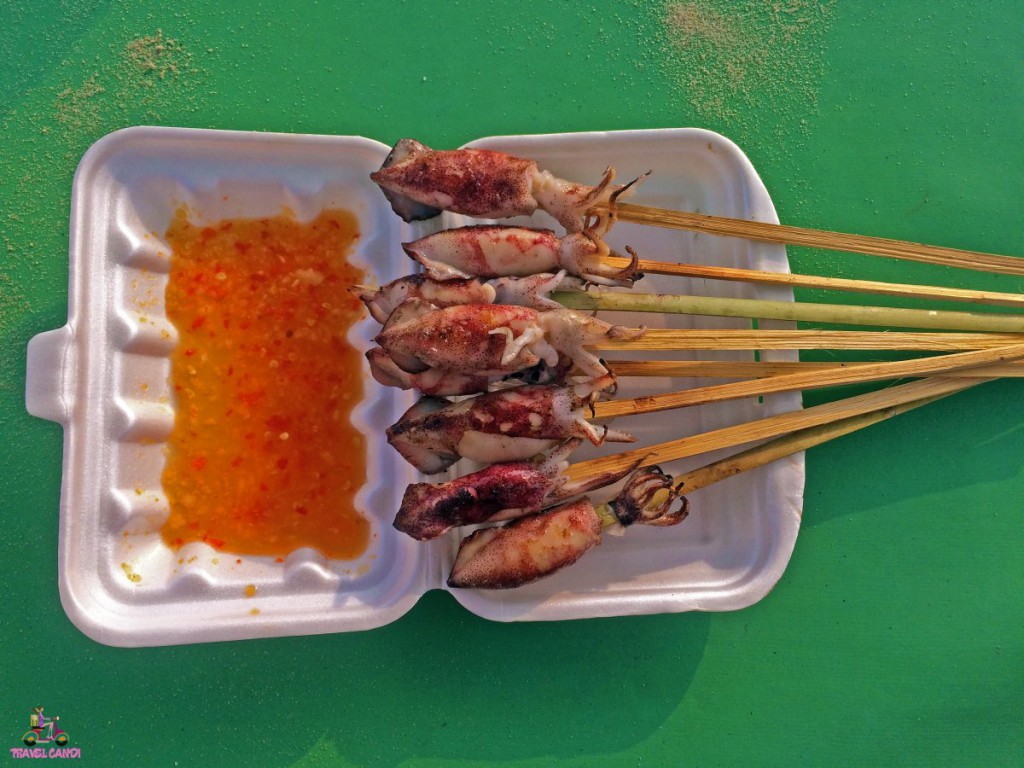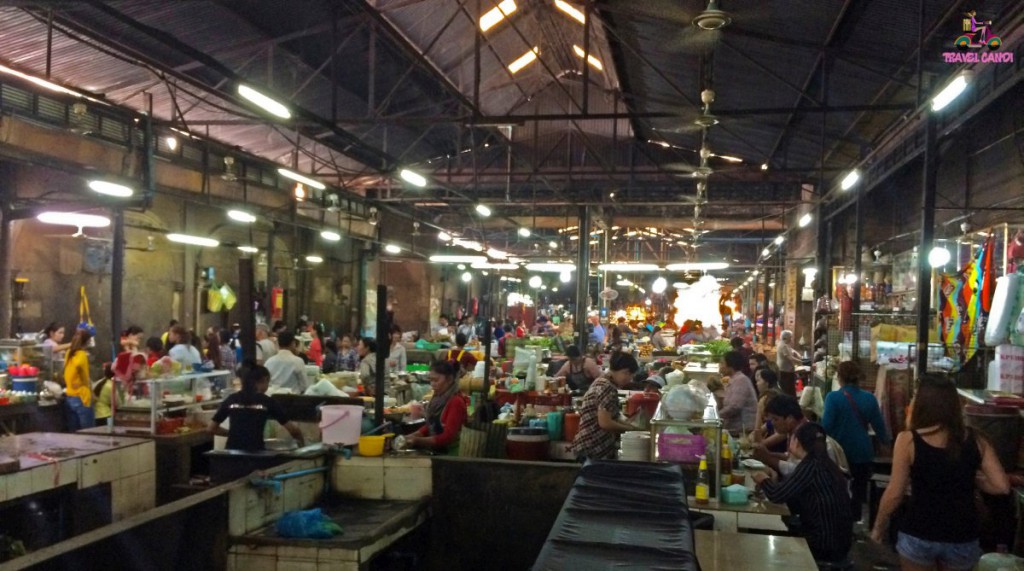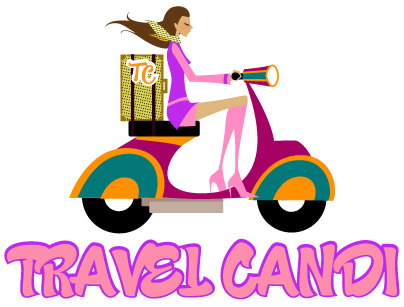Cambodia

When I think of Cambodia, I smile. Cambodia is one of my favorite places in the world. Cambodia is a country with breathtakingly lush landscapes and ancient architecture. Although an open wound remains from the damage and horror of the Khmer Rouge’s reign in the late 70’s, the Khmer people welcome foreign visitors with open arms.
When people travel to Southeast Asia (whether a short or extended trip), they tend to only visit Siem Reap or to skip over Cambodia altogether. But, Cambodia is a land that will captivate you.
Getting There and Around
All non-Cambodian citizens (except ASEAN members) are required to obtain an approved visa. Although Cambodia offers a Visa On Arrival, some travelers have reported issues, so it is recommended that you obtain a Cambodian visa prior to arrival in the country. Visas can be obtained at Cambodian embassies or via their online E-Visa. The E-Visa website can be found here.
My E-Visa was never approved, and I was stalled in Bangkok for a little bit. After a week of waiting, I decided to proceed and attempted to show my E-Visa request number and receipt of payment at the border, but it did not work. The guys at the border were cool and helped me apply for the Visa On Arrival, but I ended up paying the 2015 fee of $40 USD twice. When crossing the border via land, it is important to not give your passport or money to anyone who claims they can assist you. Simply continue to walk across the border and proceed to the immigration building.
Cambodia has two international airports that have services from neighboring ASEAN countries in Siem Reap and Phnom Penh. If you are traveling from Europe, United States or Australia, it may be wise to fly into Bangkok, Saigon (HCMC) or Kuala Lumpur and continue from there into Cambodia. When I traveled to Cambodia, I took the bus from Bangkok (my cost was 280 THB) to Poi Pet at the border and spent one of the most interesting nights of my travels there at this border town.
Ground travel within Cambodia is inexpensive, but the bus ride from Siem Reap to Phnom Penh is quite rocky and terrifying at the moment as the road is just dirt. A paved road is supposedly scheduled for construction, but I don’t have any official information regarding its construction or when it will be finished. Routes from Siem Reap – Phnom Penh and Phnom Penh – Sihanoukville with an air-conditioned minibus costs around 8 USD, depending on which company you choose to book with.
Tuk-Tuks are a cheap and easy way to get around within the city limits. There are many eager tuk-tuk drivers to choose from, so make sure you bargain with the driver to avoid overpayment.
Money
I was shocked at the currency situation in Cambodia because when I went to the ATM it dispensed United States dollars. I haven’t seen these in awhile! 1-100 USD are green banknotes. When giving change that is less that 1 USD, it is customary to give Cambodian Riel (KHR). Riel banknotes range from 100-10,000 KHR. Payments for services, restaurants, and lodging are preferred in U.S. dollars. Riel should be used only for small change – anything less than 1 USD.
Cambodia remains mainly a cash economy, but banks and ATMs are located everywhere, so obtaining cash isn’t an issue, especially in tourist areas. I recommend being prepared with small change and dollar bills. Having the correct amount readily available makes transactions much easier.
There is no fixed amount or rule for tipping in Cambodia. Gratuity is based on the person and service. Wages of workers are low, so gratuities are appreciated. Sticking to around 10% for servers, bartenders, and drivers is fair.
Language
The official language of Cambodia is Khmer.
Thank You – សូមអរគុណ (Arh-Koon)
Housing
Lodging here can be extremely reasonable, and in fact, it is one of the cheaper places to stay in Southeast Asia. Cambodia has a monsoon season and a dry season, with the dry season being from November – April and the more expensive time to travel. A bed in a dorm room can be as low as 3 USD! When I stayed in Cambodia, I booked luxurious hotels for between 15-21 USD. Cambodia has something for every price range.
Food
Cambodian cuisine ranges from French-influenced dishes to coconut milk and spicy curries. When wandering around the country, you will see food stands selling insects or noodle dishes. In the more developed areas, you will see many varieties of dishes, including the infamous marijuana pizzas. On the sprawling beaches, local women walk up to your lounge chair and will sell you the freshest seafood and cook it right in front of you.

Save Cash
Just by traveling to Cambodia you are already winning! Cambodia is a budget backpacker’s heaven because of its affordability, but it also offers many ways to save. Eating at street vendors versus eating at a restaurant saves money, although most restaurant meals range between 3-5 USD.

Stay Fit
Cycling in Cambodia is a popular activity and method of transportation for the locals, but it is also a great country for visitors to cycle around. This country is famous for its many potholes and crappy roads, but some villages are beginning to make separate paths for bicycle enthusiasts. A great way to stay fit, as well as save a little bit of cash, is to rent a bicycle and pedal to and around the temples of Angkor. A bike rental in Siem Reap will run around 1 USD per day (or more depending on your location and choice of vendor). Phnom Penh has a wonderful boardwalk that is perfect for jogging and for observing the locals going about their everyday tasks.
Cambodia is a country that is still developing and moving forward, so there are some precautions that visitors should take to avoid falling ill. Drinking tap water is not advised. Many guesthouses and hotels provide guests with free bottles of water. Many places (especially when traveling via land) have squat toilets or outhouses, so bringing bathroom paper and hand sanitizer is highly recommended. Pharmacies and clinics are available in the larger metropolitan areas.
Stay Connected
Wifi is becoming more and more available in the areas popular with tourists and is offered to guests free of charge at guesthouses and hotels in these areas. You can purchase an inexpensive local SIM card for your mobile phone (if it is unlocked), but dropped calls and bad connections are notorious in Cambodia.
The two-pin, 230V European type-C style electrical outlets are used in Cambodia.



